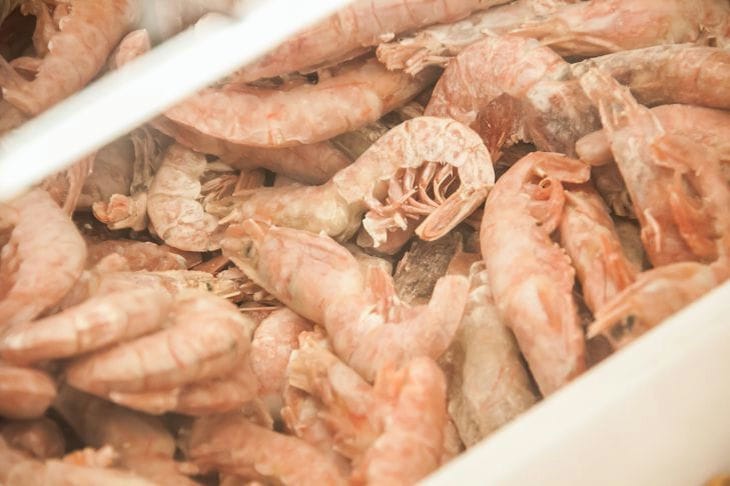How to Cook Shrimp: This Is What Smart Housewives Don't Tell You - A Simple Recipe
Here are some important points to keep in mind when cooking shrimp.
Defrosting is mandatory
Frozen shrimp should be defrosted first. If you throw them straight into boiling water from the freezer, they will cook unevenly.
There are two ways to defrost properly.
Option 1: Defrost on a shelf in the refrigerator, then let them come to room temperature.
Option 2. Cover the shrimp with cool water.
Cook only frozen shrimp.
Boiled frozen shrimp are ready to eat. They are boiled in sea water on board a fishing vessel.

Heating and scalding them with hot brine will help give them a spicy flavor.
To clean or not to clean
Shrimp cooked unpeeled will be tastier and more aromatic.
The heads and shells add richness to the broth, and the layer of chitin protects the tender meat from excess salt.
Don't overcook
It is important not to overcook the shrimp to keep them tender and juicy.
A minute is enough for small shrimps, 1-2 minutes for medium ones, and 2-3 minutes for large ones, depending on their size.
Cooking time is counted from the moment the shrimp are added, not from the moment the water boils.
Cooling and stopping the process
To stop the cooking process, place the cooked shrimp on ice.
Some gourmets eat fresh frozen shrimp, such as Botan and Ama Ebi, raw, defrosted and scalded with brine to enjoy their unique taste.
To enhance the taste, it is advisable to cook it in sea water, and if it is not available, in regular water with the addition of sea salt, says Yulia Arkhipova .
For peeled shrimp, put 1 tablespoon per 1 liter, for unpeeled shrimp - 1.5, and the volume of water is taken twice as much as the seafood.
Spices will help to add more flavor and aroma: dill, cloves, allspice, coriander, bay leaf, garlic, ginger or special seasonings for seafood - it all depends on individual taste preferences.
A slight sourness can be easily achieved by adding half a lemon or a couple of spoons of tomato paste to the brine.
Earlier we told you what to add to flour to make the dumplings incredibly tasty .
